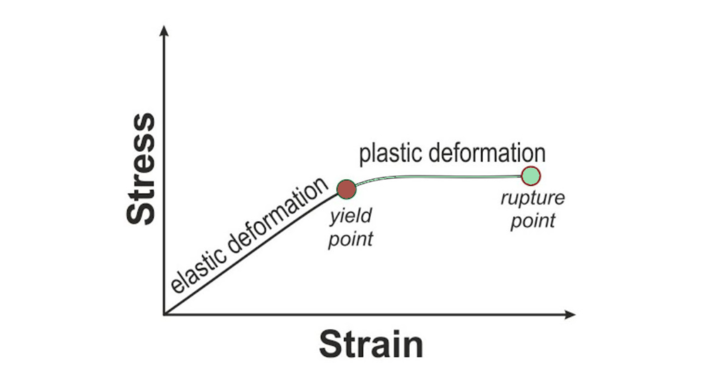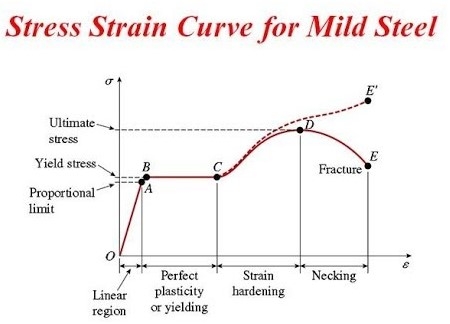Elastic Deformation: Formula and Comparison
By BYJU'S Exam Prep
Updated on: September 25th, 2023

Elastic Deformation can be recovered when the load is removed from the body, but plastic deformation can not be recoverable even after the removal of loads. A load will undergo some deformation when applied to a body. Initially, the body will deform elastically, known as elastic deformation, and after that, it will undergo permanent deformation, called plastic deformation.
Elastic deformation for a body or any structure depends on the body’s material properties and cross-sectional properties. Hooke’s law can be used for the calculation of the elastic deformation of a body. This article will explain all about elastic deformation in detail.
Download Formulas for GATE Civil Engineering – Engineering Mechanics
Table of content
What is Elastic Deformation?
The elastic deformation is described by Hooke’s law of elasticity. It is the amount of deformation that is recoverable for the body. The deformation of a solid body under the elastic limit will not be fully linear in nature. Deformation will be linear only upto the limit of proportionality.
Elastic deformation can also be said to be the temporary deformation of a body because it can be recovered when the load is removed. With the help of elastic deformation, particles between the atoms are bonded together. The cause of the elastic deformation can be axial stress or the shear stress acting over the body.
Download Formulas for GATE Civil Engineering – Steel Structures
Elastic Deformation Formula
Elastic deformation is the deformation due to the action of external loads. It is the deformation that can be recoverable after the removal of the loads. The formula for the elastic deformation will depend on the external loads, cross-sectional area, and material properties. Here elastic deformation formula for a rod having an axial load P is given below:
σ = εΕ
⇒ P/A = E (δ/L)
⇒ δ = PL / EA
Where Young’s Modulus of elasticity (E) is the elastic constant.
Comparison Between Elastic and Plastic Deformation
Elastic and plastic deformation is due to the action of load on the body. These deformations in the structure are observed due to particles’ movement. These deformations are induced due to the action of stress in the structure. A graphical representation of a structure’s elastic and plastic deformation is shown here.

Difference Between Elastic and Plastic Deformation
Elastic and plastic deformation is induced when the sustained load is acting on the body. Plastic deformation in the structure induces only after the elastic deformation. It is important for the GATE exam. Here a few differences between elastic and plastic deformation are listed below:
- Elastic deformation can be recoverable, while plastic deformation can not be recoverable.
- Elastic deformation is induced for a short period of action of load, while plastic deformation induces due to the sustained load.
- During the elastic deformation, yield stress has not been achieved yet, but yield stress has been achieved during the plastic deformation.
- Elastic deformation is temporary deformation, while plastic deformation is permanent deformation.
Download Formulas for GATE Civil Engineering – R.C.C.
Elastic Deformation Curve for a Mild Steel
The elastic deformation curve for mild steel is a curve that relates the stress and strain induced in the material. This curve is similar to the load-deflection curve for a material. The area under this curve represents the strain energy stored in the elastic material.




